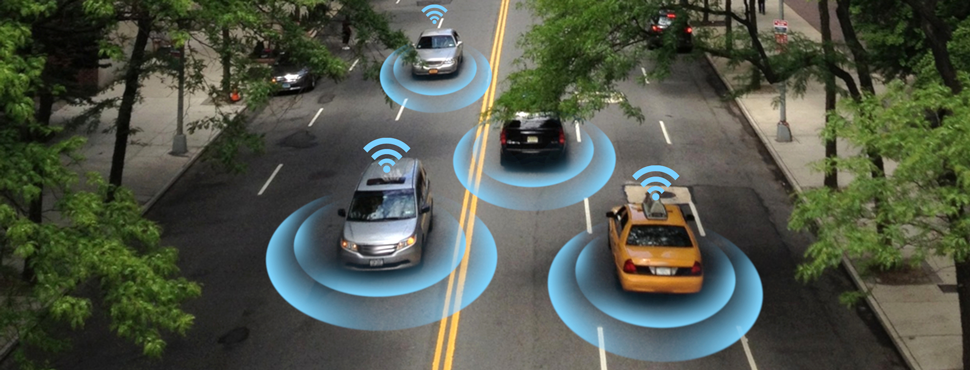Uncovering JAPA
No Eyes on the Street: City Officials and the Future of AVs

The future of American streets remains as uncertain and contentious as ever, as Yonah Freemark, Anne Hudson, and Jinhua Zhao demonstrate in their recent JAPA article "Are Cities Prepared for Autonomous Vehicles?"
Cities Need to Prepare for Autonomous Vehicles
Their research in the Journal of the American Planning Association (Vol. 85, No. 2) probes the steps city planners and transportation officials are taking to respond to the impending wave of autonomous vehicle (AV) technology in U.S. cities. The authors surveyed local officials of 120 U.S. cities and analyzed city plans from the 25 largest U.S. cities to shed light on how few municipal governments are preparing for AVs.
"Cities have only dipped their toes in the water when it comes to regulating this technology," write Freemark, Hudson, and Zhao.
Indeed, 80.9 percent of survey respondents indicated their staff has dedicated "little to no time preparing for AVs," while 64 percent of large cities make no mention of AVs in their city plans.
Those that reference AVs do so conceptually, omitting any descriptions of tangible regulations or specific actions. Still, the research finds city officials collectively agree on the imminent impact of AVs: 76.6 percent anticipate AVs will be available within 10 years.
Freemark, Hudson, and Zhao declare the inaction of municipal government an "oversight," and present an overview of the literature that forecasts how AVs will transform our cities. There's no shortage of projections for how AVs may promote urban sprawl, alleviate traffic congestion, reduce public transportation use, improve or intensify pollution, and reshape urban mobility and city design.
Cities Lag in Preparing for AVs
While Freemark, Hudson, and Zhao acknowledge that many of these predictions have yet to be confirmed, they lament the inaction of local government in the context of the "relationship between AVs, mobility and urban form."
City officials' comments suggest that behind the inaction is uncertainty about the impact of AVs and hesitation that city officials — as opposed to federal decision-makers — will be the ones to regulate this technology.
"We have a bit of a wait-and-see attitude," one official said.
Through extensive data collection, Freemark, Hudson, and Zhao investigate whether city characteristics, including density, political affiliation, population growth, budgeting, and demographics, among others, influence city preparations: "We believe this is the first such survey conducted related to AVs, offering extensive insights into how officials are approaching the subject area."
While these varying characteristics may alter how planners prepare for AVs, Freemark, Hudson, and Zhao suggest local officials must collaborate across cities to seek shared strategies, preparing for the future they collectively agree is fast approaching.
Top image: Getty Images illustration.


